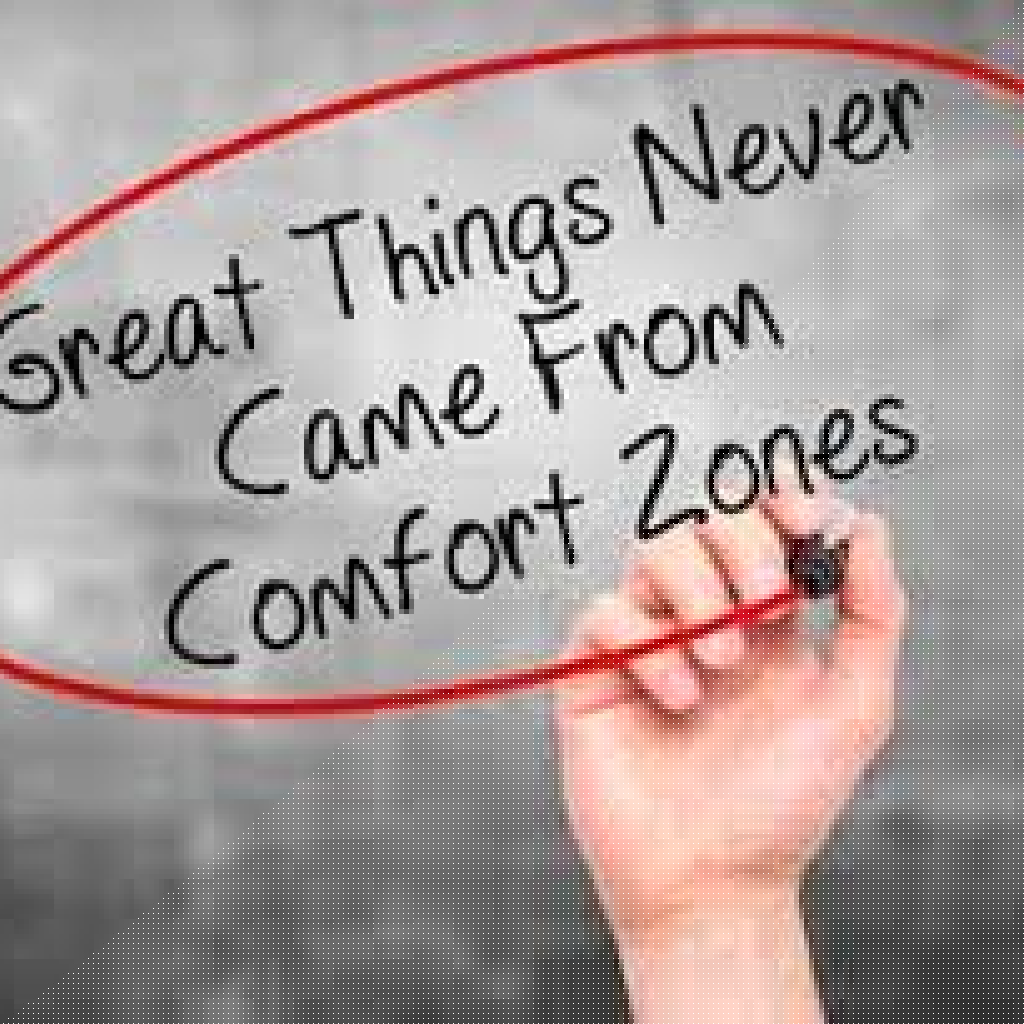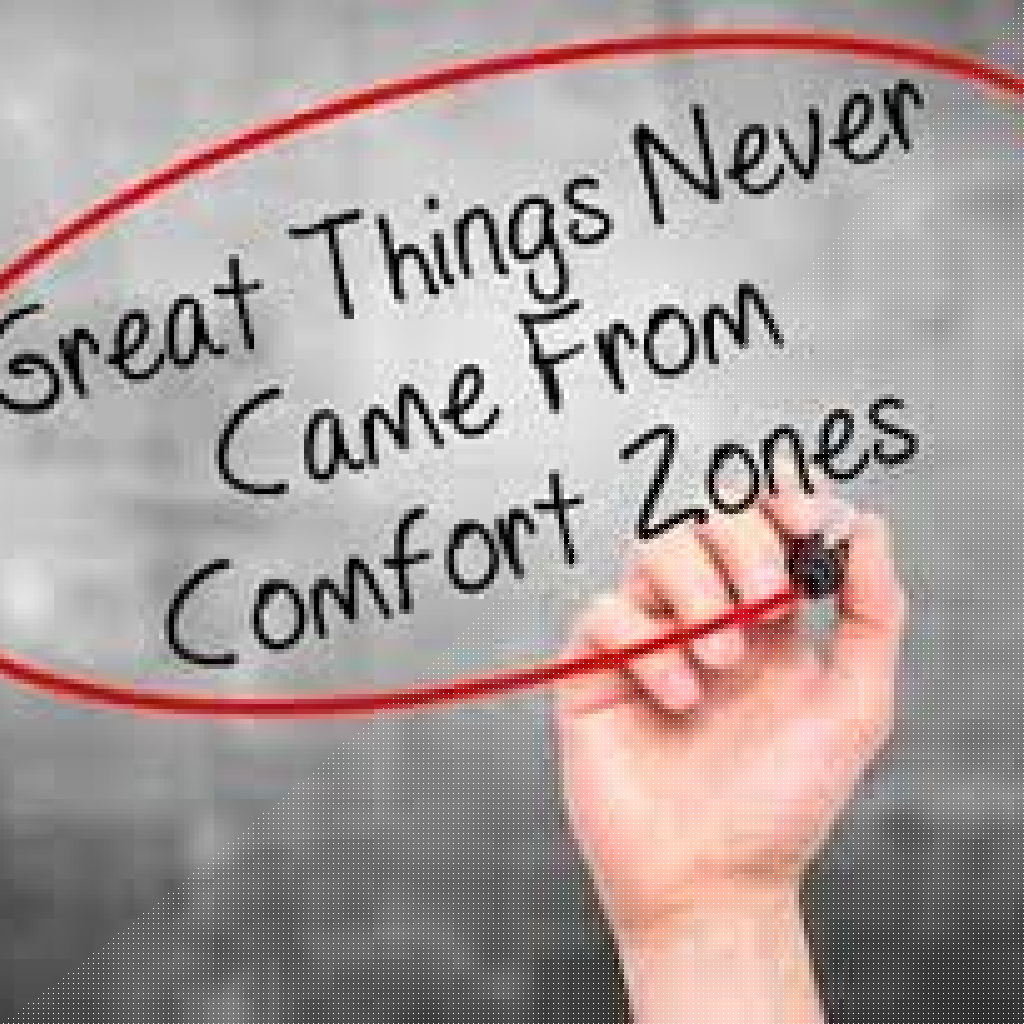Key Takeaways:
- Leadership development programs must be tailored to organizational needs for maximum impact.
- Executive coaching for managers yields long-term benefits beyond traditional training.
- Targeted workshops build essential decision-making skills at all leadership levels.
- Emotional intelligence is increasingly critical for modern leaders.
- Team building strategies should address remote and hybrid work dynamics.
- Integrating leadership, conflict resolution, and communication training cultivates collaborative success.
Introduction
Building a positive company culture requires more than just good intentions. It demands deliberate strategies, leadership empowerment, and ongoing development. Targeted training enables leaders at every level to not only drive growth, but also foster innovation and adaptability amidst ever-changing workplace challenges. Real-world success stems from strong leadership development programs, supportive coaching frameworks, high-impact workshops, and the cultivation of emotional intelligence and teamwork. This article spotlights proven methods and examples illustrating how intentional leadership can create truly collaborative and successful organizations.
Choosing the Right Leadership Development Programs for Your Organization
Factors to Consider When Selecting a Program
Before investing in leadership development programs, organizations must clearly define their goals. Are they trying to cultivate future executives, improve cross-functional collaboration, or enhance specific competencies? Considerations should include alignment with company values, customization options, and delivery formats (in-person, virtual, or hybrid). Evaluate whether the program includes assessments, feedback, and personalized coaching. Engagement level, duration, and long-term follow-up opportunities are pivotal for ensuring true behavioral change rather than temporary knowledge gain.
Comparing Popular Leadership Training Models
Leadership training models range from traditional classroom-based instruction to immersive simulations and cohort-based learning. The Situational Leadership Model is praised for teaching leaders to adapt their style. Transformational leadership training encourages vision-driven leadership and inspires high performance. Organizations often blend models, using tools like 360-degree feedback or mentorship alongside structured modules to reinforce learning.
Addressing Gaps in Leadership Skills
Identifying skill gaps is essential. Common gaps include decision-making, communication, and emotional intelligence. Conducting leadership assessments and reviewing organizational outcomes can highlight where to focus efforts. The most effective programs are not generic—they are tailored to address each leader’s unique development needs, often uncovered through self and peer evaluations.
The Impact of Executive Coaching for Managers on Organizational Growth
Coaching vs. Traditional Training Approaches
While traditional training equips managers with theoretical knowledge, executive coaching for managers offers personalized, actionable development. A coach acts as a sounding board, supporting managers through real challenges as they emerge. This hands-on guidance increases accountability, encourages self-reflection, and accelerates behavioral change.
Measuring ROI and Long-term Benefits
Evaluating the effectiveness of executive coaching involves both qualitative and quantitative metrics. Common indicators include improved retention rates, higher employee engagement, and faster succession planning. Organizations experiencing coaching often report increased innovation and stronger alignment among leadership teams. Long-term, coaching builds a culture of continuous improvement and resilience.
Common Challenges Managers Overcome with Coaching
Common hurdles addressed through coaching include conflict management, strategic planning, and adapting to new roles. A manager who learns to delegate more effectively, for instance, not only improves personal productivity but also empowers team members, cascading confidence and skill development throughout the organization.
Building Decision Making Skills Through Targeted Workshops
Core Elements of Effective Decision Making Workshops
A high-quality decision making skills workshop blends theory with hands-on activities. Participants learn to analyze scenarios, weigh risks, and anticipate impact. Workshops often include decision-making frameworks, cognitive bias awareness, and group exercises that foster peer learning and debate.
Customizing Training for Varying Leadership Levels
Entry-level leaders benefit from building a solid foundational approach to analysis and risk tolerance. Senior leaders require advanced scenarios, focusing on strategic choices that impact organizational direction. Customizing content, case studies, and simulation complexity ensures relevance and maximizes learning outcomes at every level.
Real-world Scenarios Used in Decision Making Skills Sessions
Effective workshops use real-life examples such as crisis response, resource allocation, and ethical dilemmas. This approach enables participants to apply techniques in familiar contexts, bridging classroom insights with on-the-job realities. Group discussions further reinforce shared learning and collective problem-solving.
Emotional Intelligence in Leadership: Why It Matters More Than Ever
Skills Taught in Emotional Intelligence Training
Emotional intelligence in leadership involves self-awareness, empathy, relationship management, and self-regulation. Training covers techniques for managing stress, reading group dynamics, and delivering feedback that motivates rather than alienates. Leaders develop skills to read non-verbal cues, manage their emotions, and foster psychological safety in teams.
Recognizing and Developing EI in Current Leaders
Organizations assess existing emotional intelligence through tools like EQ assessments and 360-degree feedback. Ongoing development requires embedding EI into standard leadership evaluations, encouraging leaders to reflect, receive mentorship, and participate in peer-based learning groups.
Integrating Emotional Intelligence into Company Culture
When emotional intelligence becomes a core value, it shapes communication, feedback, and recognition systems. Encouraging open dialogue, empathy-driven leadership, and transparent problem resolution enhances trust, engagement, and collaboration company-wide.
Team Building Strategies for Leaders Managing Modern Teams
Facilitating Collaboration in Remote and Hybrid Environments
Modern teams often work across locations and time zones. Facilitating collaboration involves leveraging digital tools, setting clarity in roles, and maintaining regular communication. Leaders can use virtual meeting platforms paired with engaging team activities to nurture cohesion even if members rarely share a physical workspace.
Overcoming Team Dynamics Challenges
Common challenges include miscommunication, unclear objectives, and uneven participation. Leaders address these by setting clear expectations, mediating disagreements promptly, and building a culture that values diversity and inclusion. Regular feedback and inclusive practices ensure all voices are heard.
Examples of High-Impact Team Building Activities
High-impact activities range from problem-solving simulations and innovation workshops to group volunteering and cross-departmental projects. These initiatives promote trust, break down silos, and help team members better understand each other’s strengths and working styles.
Integrating Leadership Training with Conflict Resolution and Communication Skills
Leadership Techniques for Addressing Workplace Disputes
Proactive leaders use structured techniques to address disputes, such as mediation frameworks, active listening, and facilitated discussions. Training leaders to recognize conflict triggers—and address them early—prevents escalation and maintains productivity.
Communication Skills Every Executive Needs
Essentials include clear articulation of vision and strategy, adaptive listening, constructive feedback, and persuasive storytelling. Strong communicators inspire followership, clarify expectations, and foster open dialogue, which accelerates innovation and collaborative progress.
Role-Playing and Simulations in Training Programs
Role-playing and simulations provide a safe environment to practice resolving conflicts and communicating under pressure. Leaders engage with realistic scenarios, building confidence and skills that transfer directly to daily operations.
In summary, leadership-driven collaborative cultures don’t happen by accident. They are the result of strategic investment in development programs, executive coaching, practical workshops, and team-building—underpinned by a strong foundation of emotional intelligence and communication. Modern organizations that prioritize these elements foster resilience, adaptability, and long-term success.










